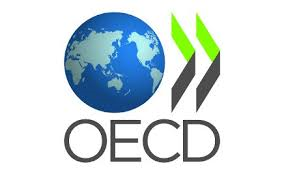Chemycal has been acquired by 3E
Learn MoreChemycal has been acquired by 3E
Learn MoreDiscover how Chemycal PRO helps you boosting your regulatory monitoring:

The OECD/UNEP Global PFC Group1 was established to respond to the Resolution II/5 adopted at the second session of the UN International Conference on Chemicals Management (ICCM 2) in 2009, which calls upon intergovernmental organizations, governments and other stakeholders to “consider the development, facilitation and promotion in an open, transparent and inclusive manner of national and international stewardship programmes and regulatory approaches to reduce emissions and the content of relevant perfluorinated chemicals of concern in products and to work toward global elimination, where appropriate and technically feasible”. Further work on this resolution was reaffirmed in Resolution III/3 adopted at ICCM 3 noting that a significant need remains for additional work to support implementation of Resolution II/5. This report is prepared within the framework of the Group. For more details on the Group and its work, see the OECD PFAS web portal (https://oe.cd/2M9).
This document contains a set of 15 fact cards2 on major groups of per- and polyfluoroalkyl substances (PFASs), prepared by the OECD/UNEP Global PFC Group between June 2018 and June 2021. The fact cards aim to provide non-expert stakeholders a quick initial glance into these groups of PFASs with some basic information on: (1) chemical identities3 , synthesis and inherent properties such as bioaccumulation and transformation, (2) historical and ongoing industrial practices and commercial uses of some major commercial products, (3) regulatory status, (4) examples of reported occurrences in the environment and humans, and (5) major knowledge gaps in terms of previous sections. The fact cards also provide references where interested readers may find additional information; note that due to the fast-moving nature of the science and knowledge on PFASs, the listed references are by no means complete. For information and practical guidance on the use of terminology in regard to PFASs, readers are referred to the OECD PFAS Terminology report4 .
CONTINUE READING ON: www.oecd.org2013 © MyChemicalMonitoring. ALL Rights Reserved. About Us | Terms and Conditions